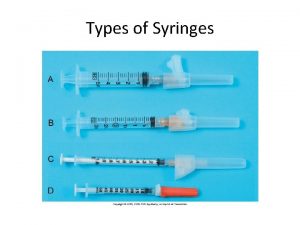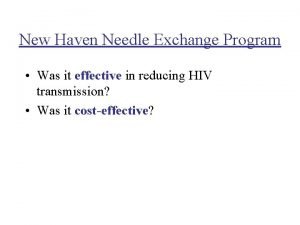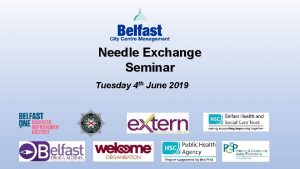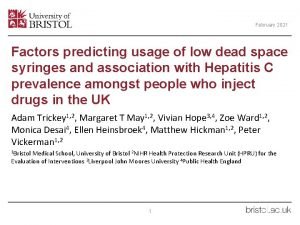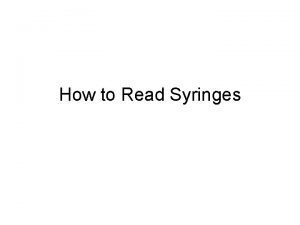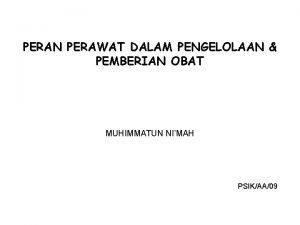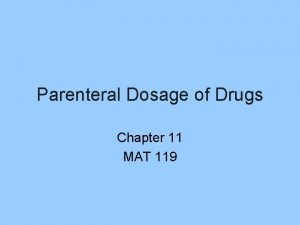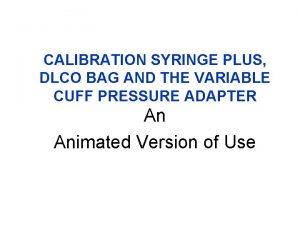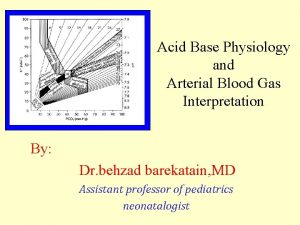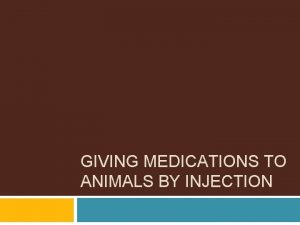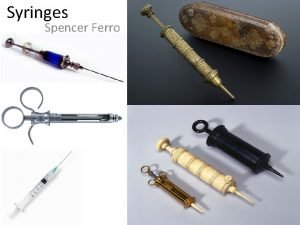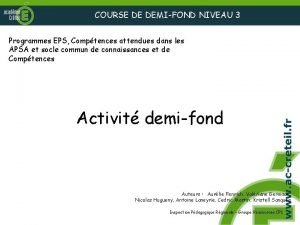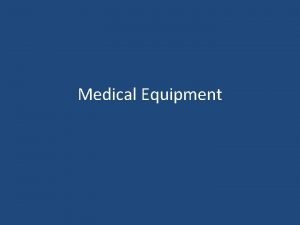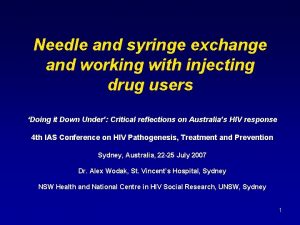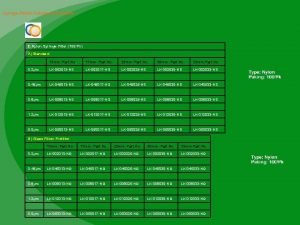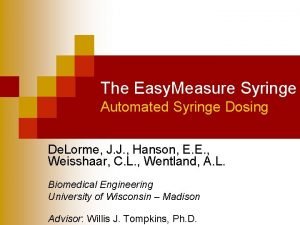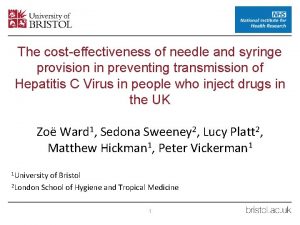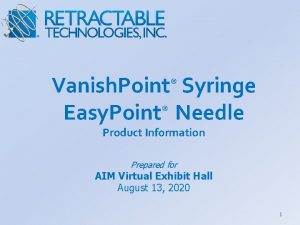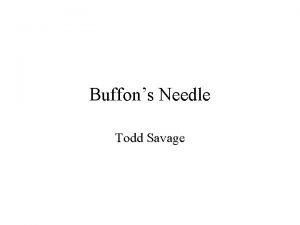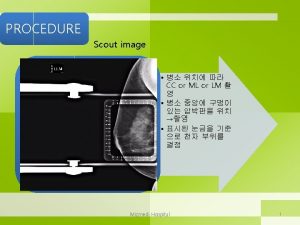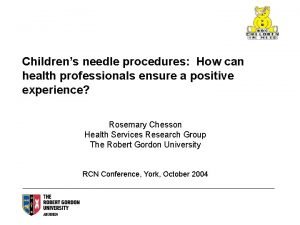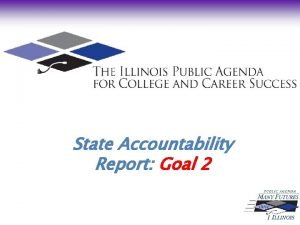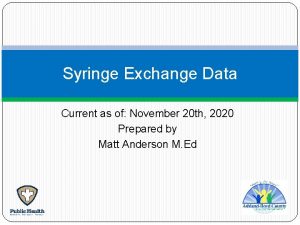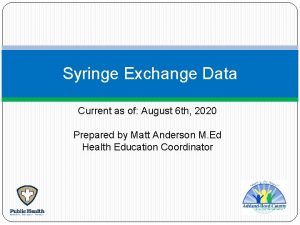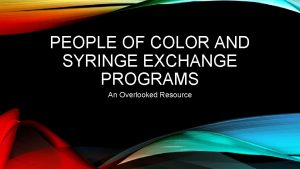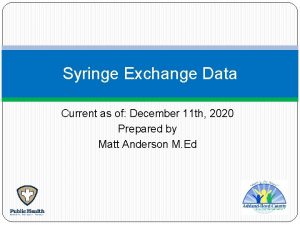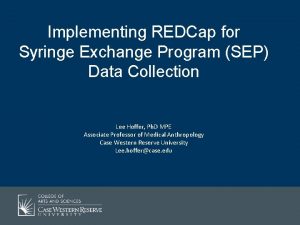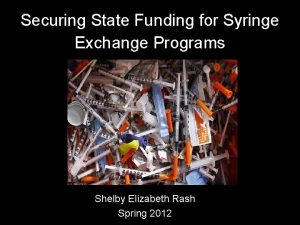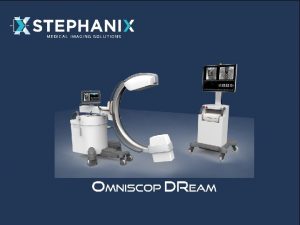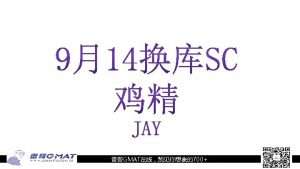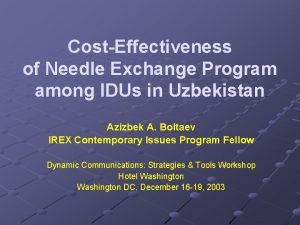NEEDLE SYRINGE EXCHANGE PROGRAMMES GOAL To ensure that


































- Slides: 34

NEEDLE SYRINGE EXCHANGE PROGRAMMES

GOAL To ensure that every injecting act is covered with a safe needle/syringe

KEY OBJECTIVES OF NSEP 1. To facilitate safe injecting practices by: Providing sterile/ new injecting equipment Practicing safe disposal option Removing contaminated needles/ syringes from circulation

CONTD. 2. To educate and inform IDUs & partners about safe injecting practices for prevention of HIV transmission thereby minimising the hazardous consequences of unsafe injection 3. To befriend the IDU for establishment of a line of communication that ultimately links them with other services & assists in reduction of high risk practices/ behaviour

BASIC COMPONENTS Distribute Collect Dispose & Inform

WHO WILL IMPLEMENT NSEP? 1. PEs & ORWs in: Areas where IDUs congregate/reside 2. Health Workers (nurse/counsellor/ANMs) at: DICs/Clinics 3. PEs/Others designated as Secondary Distributors (SD) in: Far flung areas difficult for ORW/PE to reach 4. Sometimes, NSE may be implemented by a local key informant

WHERE? • Static/Fixed sites – Clinics or DICs • Outreach Teams on predetermined routes • Mobile clinics (not practiced in TIs currently)

WHAT WILL BE DISTRIBUTED? 1. Needles: 24”, 26” 2. Syringes: 1 ml, 2 ml, 5 ml, 10 ml 3. Other equipment: filter, cooker, tourniquet (where budget permits) 4. Need based IEC 5. Alcohol/ spirit swabs (to prevent abscesses) 6. Swabs, bandages, etc (to manage abscesses) 7. Condoms 8. Distilled Water Commodity Distribution

NSEP – OPERATIONAL ASPECTS NSEP should operate all 7 days in a week o At times when IDUs need it most A carefully planned outreach will determine o Locations for delivering NSEP o Number of N/S required o Timing of operation o Division of IDUs & areas amongst the outreach team o Individual tracking and monitoring

CONTD. • N/S distribution should be accompanied by IDUs returning used N/S o However, the return should not be a prerequisite for distribution • Collection of used N/S from IDUs reduces number of used N/S available for recirculation and risk of contamination/sharing • The return rate of N/S depends on: o The relationship between IDU and staff o Conducive environment for NSE

NSEP’S SUCCESS DEPENDS ON: Easy accessibility of N/S Confidentiality of the IDU and partner o many IDUs are fearful of being identified and seen as an IDU by the public and family/friends while accessing NSEP Supply (delivery) meeting demand The behaviour & attitude of outreach staff during interaction with IDUs & partners

NEEDLE SYRINGE ESTIMATION FOR IDU PROJECTS

WHY DO WE REQUIRE ESTIMATES OF NEEDLES/SYRINGES? The outreach staff (ORW and PEs) would be able to know how many needles/syringes should be carried during field visits for outreach purpose The TI staff is able to know whether the demands of the clients in terms of needles/syringes are met The Programme Manager is able to calculate how much stock of needles/syringes is available for distribution, and how much stock needs to be ordered (stock projection and stock management)

ASSESSING THE ESTIMATES FOR OUTREACH PURPOSE? Who does it? The outreach team led by Outreach Worker. The Counsellor/ Project Manager can help the ORW in calculating the estimates. Where should it be done? At the DIC before going for outreach. How frequently should it be done? Ideally on a monthly basis. Additionally, the ORW can also review the estimates during weekly review meeting with his PEs.

HOW SHOULD IT BE DONE? Information will be available from two sources: Source one: Outreach planning tools – the Spot analysis exercise will give the approximate number of IDUs in a particular hotspot the volume of injecting further divided into high, medium and low volume: - high volume may be >3 injecting episodes in a day - medium volume may be 1 – 3 injecting episodes in a day - low volume may be <1 injecting episodes in a day However, the division of the volume of injecting would depend on the local practices being followed by IDUs, and can be modified by the TI accordingly. the approximate number of IDUs with high, medium and low injecting volume

CONTD. In case of the division of the volume of injecting as discussed, the approximate number of needles/syringes required in a day for the particular hotspot would be: TOTAL NUMBER OF NEEDLES/SYRINGES REQUIRED = (No. of IDUs who have high volume of injecting X 3) + (No. of IDUs who have medium volume of injecting X 2) + (No. of IDUs who have low volume of injecting X 1)

CONTD. Source Two: HRG registration format – this format is used to register an IDU in the TI programme. The ORW fills up this format with the help of PE A question in the format enquires about the number of injecting episodes in a day/week This information can be used to calculate the total number of needle/syringes required in a particular hotspot for the IDUs We’ll discuss this format in the session on ‘Reporting and Monitoring’

COLLECTION AND DISPOSAL OF NEEDLES AND SYRINGES

COLLECTION OF SCATTERED N/S

COLLECTION OF SCATTERED N/S Often used N/S lie scattered in fields/hotspots These might prick children or be reused by other IDUs causing transmission of infection A 1 -day activity should be organised periodically by the TI to gather these N/S Use the IDUs/PE/ORW for this activity Inform the general community beforehand Explain the importance of the activity The local police thanas can also be informed

WHAT TO DO – CARE TO BE TAKEN • 1. 2. 3. 4. While collecting scattered N/S from the field/hotspots: Wear latex plastic gloves (thick gloves, not the one used in clinics) Do not recap N/S Do not bend/break N/S manually Use puncture/leak proof containers with proper lid for collection and transportation of used N/S

CONTD. 5. Always pick up from the barrel-end (syringe-end) - away from the needle 6. Use a tong, if possible, to pick up 7. Definitely use a tong to pick up if more than one N/S; separate each with a stick and pick up each N/S separately

CONTD. 8. Put the N/S into the puncture proof container ensuring that needle-end faces downwards to avoid accidental injury 9. Secure the lid of the container tightly 10. Avoid manual (direct hand) transfer of needles /sharps waste from one container to another 11. Transfer collected N/S directly into the main sharp container placed in the DIC

DISPOSAL OF USED NEEDLE AND SYRINGE

WHY DISPOSE N/S? Contaminated N/S can cause infections or diseases including HIV, Hepatitis B & C Improper disposal of N/S may result in: Others re-using them Objection /outrage of general community Children accidentally pricking themselves while playing Transmission of infections through rag pickers who may resell them

HOW TO DISPOSE USED N/S? Inform IDUs/partners regarding disposal of used N/S through following steps: 1. Exchange used N/S for a new one at the DIC or in the field from PEs/ORWs immediately after use 2. If above is not possible, take it home & store it until it can be collected by a staff 3. Store it in such a place where it cannot be used by children and others including other IDUs/partners

CONTD. From field to DIC/Collection Room: Collection of used N/S should be done in a puncture proof box Puncture proof box can be made of tin, thick plastic, thick cardboard, or other materials available locally 1. The walls of the box should be thick enough that needles do not pierce the box from the inside and prick someone handling the box

CONTD. From field to DIC/Collection Room (cont’d): 2. Close the box securely (top AND bottom) with sticky tape and/or staples 3. Cut a small hole in the top just big enough for a syringe & needle to enter 4. Insert the N/S into the small opening of the safety box immediately after the IDU/partner returns it 5. Do not recap

CONTD. From field to DIC/Collection Room (cont’d): 6. Do not separate needles from syringes 7. Do not place fingers inside the opening 8. Close the flap of the box when it is 3/4 th full. Do not overfill 9. The used N/S collected in this manner should be brought to the DIC and stored in large puncture proof containers 10. The puncture proof containers should be secured in the DIC & labeled accordingly

MATERIALS NEEDED TO DISPOSE USED N/S Puncture proof boxes-serially numbered, marked with biohazard symbol Thick colour coded plastic bags-marked with biohazard symbol Thich rubber gloves Tongs/large forceps Plastic bin with sieve Plastic bin without sieve Disinfectant solution- sodium hypochloride, bleach, large plastic bins (transculent white or blue coloured) Hub cutter for mutilating disinfected syringes, if syringes are disposed off by burial on site

DISPOSAL OF USED N/S

NEEDLE STICK INJURY! WHAT SHOULD ONE DO? Wash the injured site with soap and water Do not suck or lick the injured site Contact /inform a supervisor (PM, counsellor of DIC)/doctor immediately PEP should begin within 72 hours after exposure to needle stick injury The closest ICTC should be contacted from where PEP drugs are available

CONTD. PEP means taking antiretroviral medications as soon as possible after injury so that exposure will not result in HIV infection Treatment should continue for four weeks, if the person can tolerate it Most cases of needle stick injury by outreach staff are not reported; the PM should routinely enquire in staff meetings

CONCLUSION NSE is the backbone of IDU TI programmes NSE faces major resistance from the general community; significant efforts must be dedicated to conducting advocacy NSE serves not only to provide a safe method of injecting, but also as an entry point into the IDU community Collection of the returned N/S and safe disposal is as important as distribution of N/S “Remember this is a Needle Syringe Exchange Programme, not a mere N/S distribution programme”
 Ventrogluteal
Ventrogluteal Needle exchange new haven
Needle exchange new haven Drug outreach team belfast
Drug outreach team belfast Gây tê cơ vuông thắt lưng
Gây tê cơ vuông thắt lưng Block xoang nhĩ ecg
Block xoang nhĩ ecg Tìm vết của đường thẳng
Tìm vết của đường thẳng Sau thất bại ở hồ điển triệt
Sau thất bại ở hồ điển triệt Thể thơ truyền thống
Thể thơ truyền thống Con hãy đưa tay khi thấy người vấp ngã
Con hãy đưa tay khi thấy người vấp ngã Thơ thất ngôn tứ tuyệt đường luật
Thơ thất ngôn tứ tuyệt đường luật Tôn thất thuyết là ai
Tôn thất thuyết là ai Phân độ lown
Phân độ lown Walmart thất bại ở nhật
Walmart thất bại ở nhật Movie syringe
Movie syringe Symlin moa
Symlin moa Myomics
Myomics Low dead space syringe
Low dead space syringe Reading a syringe
Reading a syringe Hitung dosis obat anak
Hitung dosis obat anak 300 mcg on insulin syringe
300 mcg on insulin syringe Dlco test
Dlco test Indications for abg analysis
Indications for abg analysis Syringe sizes chart
Syringe sizes chart Disposable syringe discovered
Disposable syringe discovered Halo closed bag adaptor
Halo closed bag adaptor Bd microfine
Bd microfine Voluntary exchange activity the pearl exchange
Voluntary exchange activity the pearl exchange Gas exchange key events in gas exchange
Gas exchange key events in gas exchange Determination of exchange rate
Determination of exchange rate Programme de tlvision demain soir
Programme de tlvision demain soir Fictional programmes
Fictional programmes Jesus youth usa
Jesus youth usa Ifric 13
Ifric 13 Demi-fond eps nouveaux programmes
Demi-fond eps nouveaux programmes Overview funding programmes
Overview funding programmes
